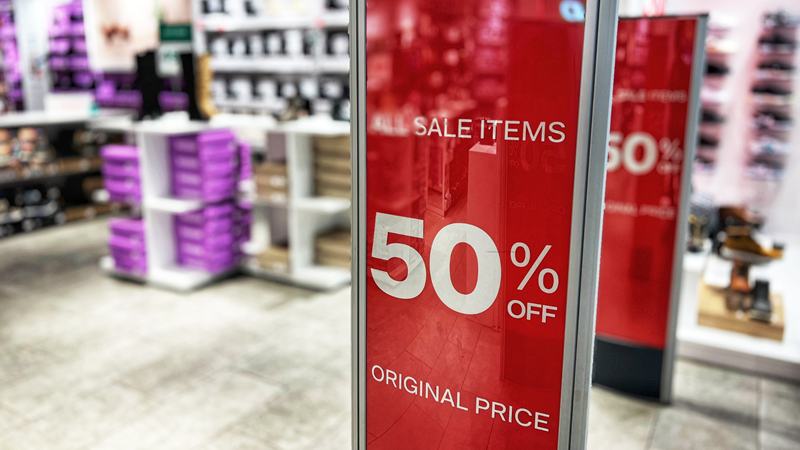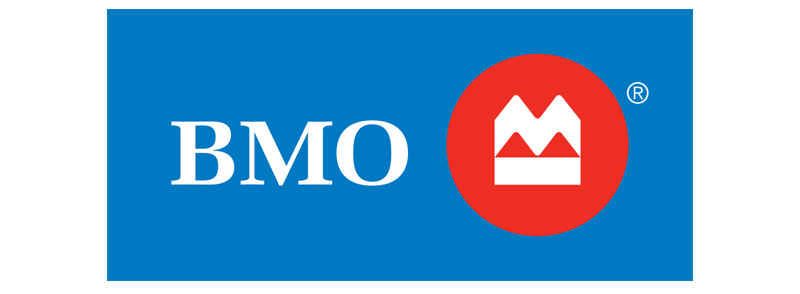Brand isn’t dead – it just got a side-hustle
This is Part 2 of “The Brand of Brands” blog series from the CMA Brand Council. Read Part 1 here.
There are a lot of people who have opened their Apple laptop or plugged in their Shure microphone to suggest that the era of brand is over. That we’ve collectively moved on, and that what really matters is customer experience (which has always helped define a brand), or product performance (ditto), or the personalities attached to the company (again, yes).
The rationale includes the rise of platforms like Google or Amazon as our main tools for navigating the world, or the decline of the traditional retail experience, or even just the idea of “brand purpose” falling out of favour (and the tendency to confuse that with brand marketing overall).
But what if the idea of a “post-brand” era is just a misunderstanding of the job brand does?
Brand definitely plays a role in how products satisfy our psychological needs, but it also springs from some rational needs – differentiating one product (and it’s positioning, meaning and promises) from other ones. Which means, as the way we find, evaluate and buy products or services changes, brand is going to change as well.
Traditional brand role
In a supermarket, the “job” of brand was recognizability and reliability. My grandmother’s shortbread cookie recipe specified Robin Hood flour, because that was the brand she knew was reliable in delivering the results she wanted. The brand wasn’t just the logo, but also the trust the customer was putting into the product.
Internet brand role
When ecommerce began to boom, the role of brand changed significantly – often you were (and are) navigating based on search. Sometimes this meant brand names dominating categories, and knowing and trusting a brand was often the best way to cut through the infinite shelf and get what you wanted or needed. For example, “picture hanging equipment” gave more confusing Amazon results than “command hooks.”.
Hyper-convenience brand role
As on-demand delivery has picked up, something interesting has happened. The brand of your delivery app of choice has become dominant; you “doordash” or “skip” or “uber” your order, and the retailer becomes just an option underneath it. Beyond that, most of these apps in the grocery space actually have a brand obfuscation button: “replace with a similar product if unavailable”. You can argue there are two types of brand in this situation: a shorthand for a product category, and something you’re loyal enough to, to uncheck that box.
Emerging brand role
Social commerce, influencer marketing and AI make this shift even more interesting. The brands promoted in a social feed say as much or more about the influencer recommending them, as they do about the products themselves. There’s a similar role played when you ask a large language model or smart speaker for a recommendation: they’re offering you a product, and you can evaluate the positioning, objectivity, or quality of the underlying model based on how close what you get offered, aligns with what you want.
Put another way, the role of brand is expanding. From helping customers choose, to helping them judge who (or what) they can trust to make choices for them.
Does this delivery app offer the products that I want in my fridge? Does this influencer align with how I see myself, my image and my choices? Does this AI make my life better, or just more profitable for the developers? These are all questions brand still helps us answer, even if sometimes brand lives one layer lower on the communication hierarchy than it did before.
So, to recap:
- Brands are still relevant as part of how people navigate stores, categories and the meaning behind products are services,
- You can’t evaluate the effectiveness of a brand unless you’re considering all of the roles it needs to fulfill, especially in emerging use cases; and
- Trust is still at the centre of the value brand provides – we’re just engaging with that trust in new ways, at new times.
Important customer needs are still being answered by brand building: participating in culture, earning mass awareness, creating meaning with consistency, and crucially, building salience. The idea that brand is somehow less relevant when we’re dealing with infinitely more information, less direct involvement in how we navigate that information, and continually declining consumer trust, tells me that the naysayers may not have been reflecting on the point of brand, to begin with.
Coming up next is Part 3, an exploration of how brand performance can be measured, offering empirical proof that brand is still alive and well.




































